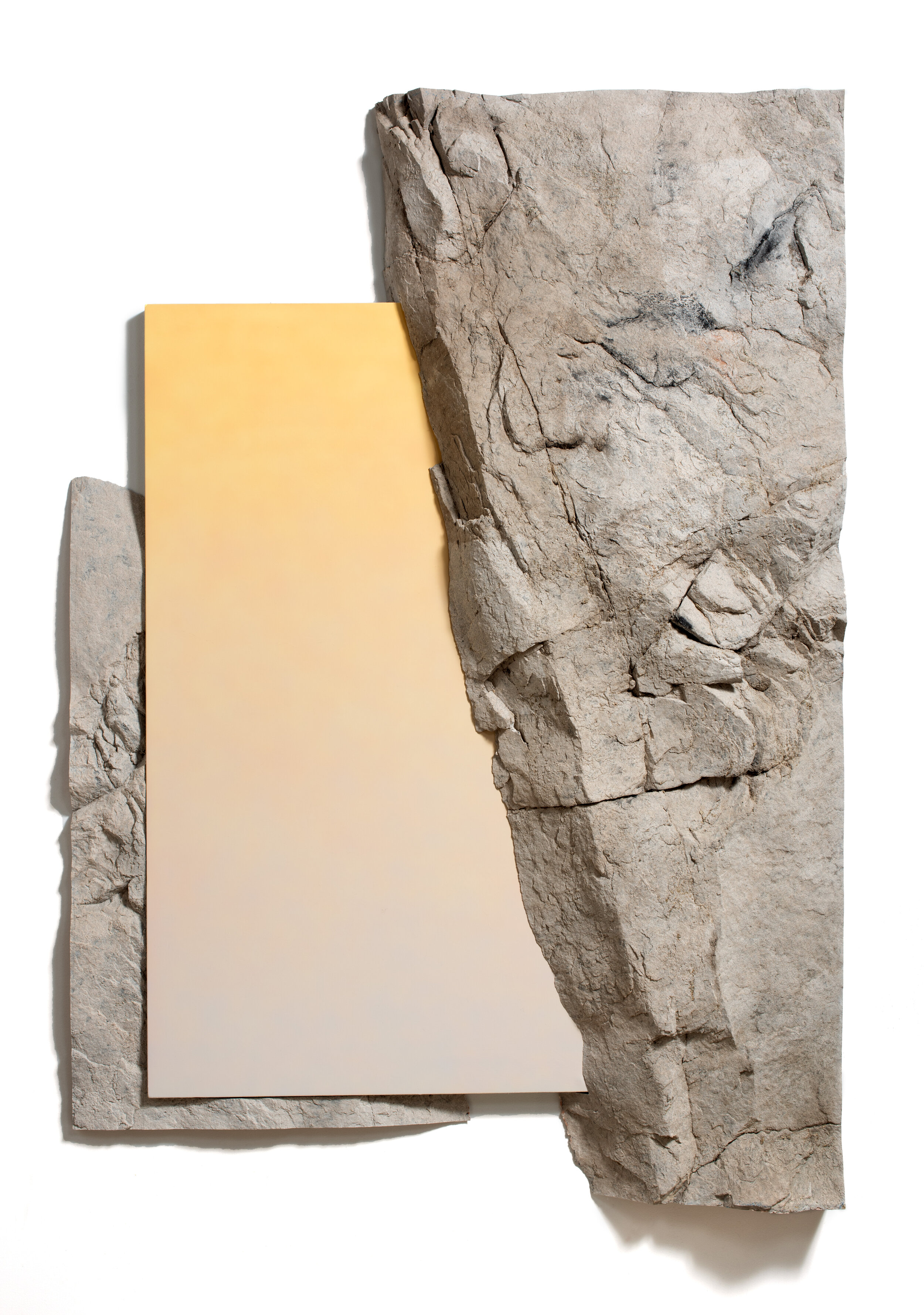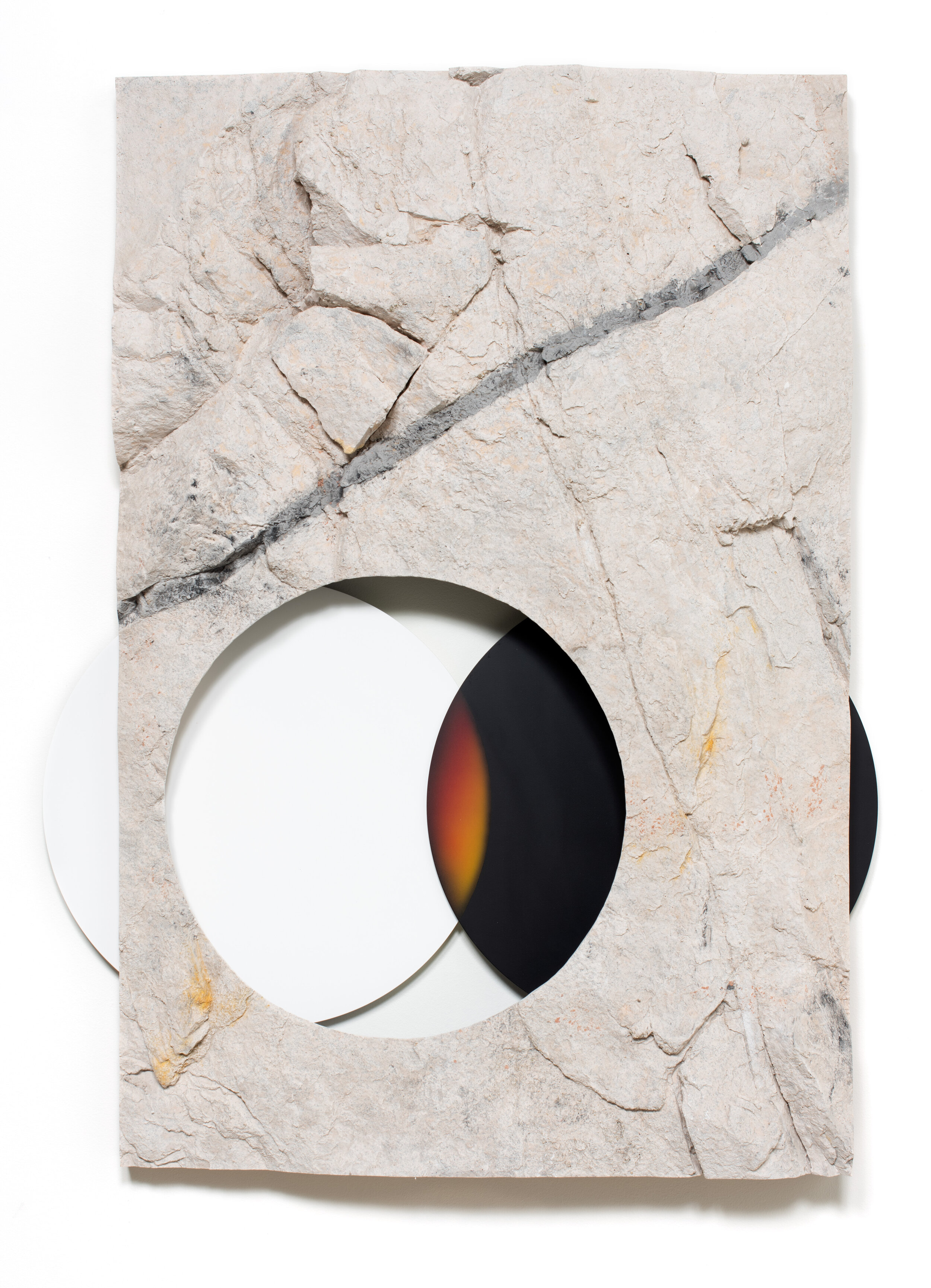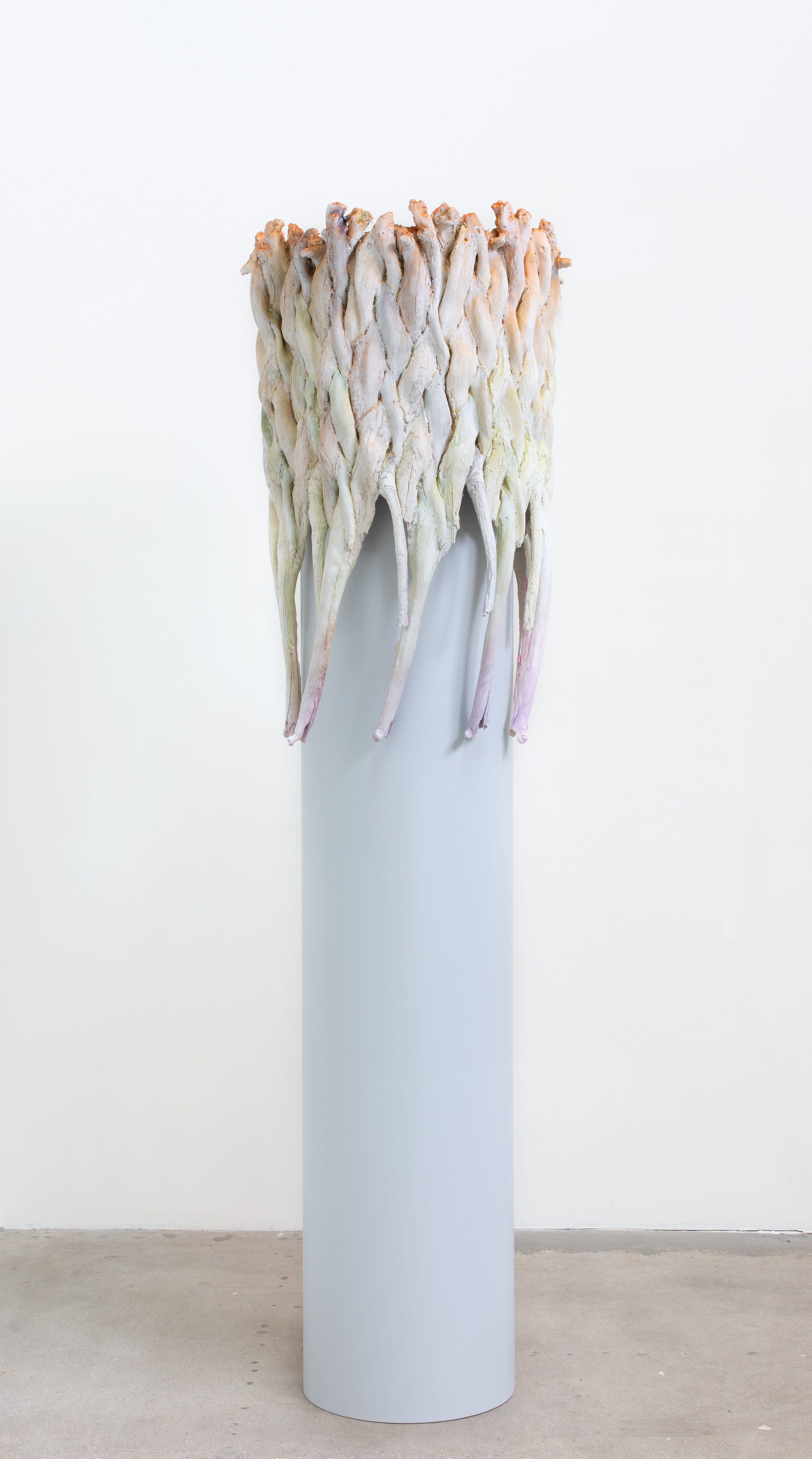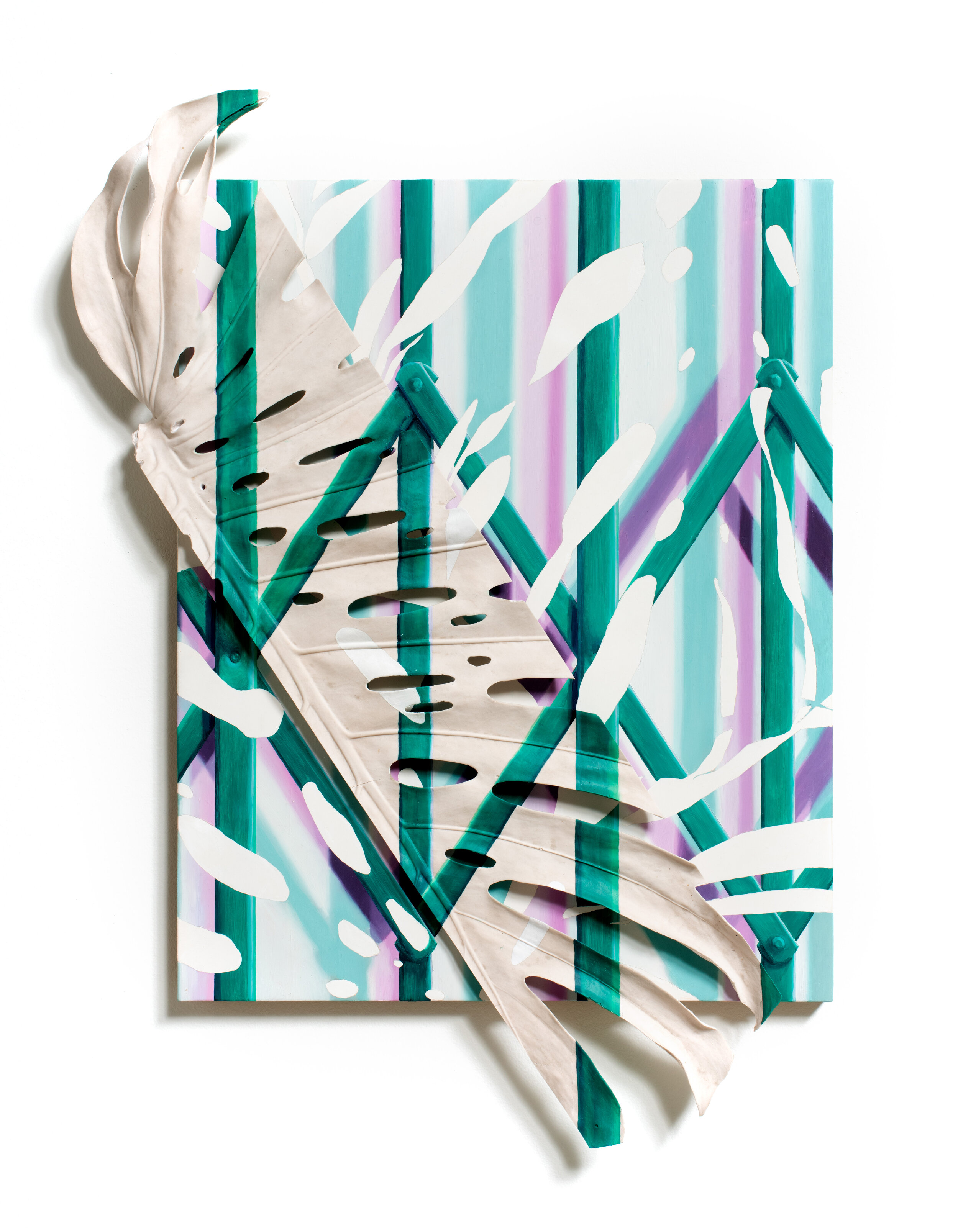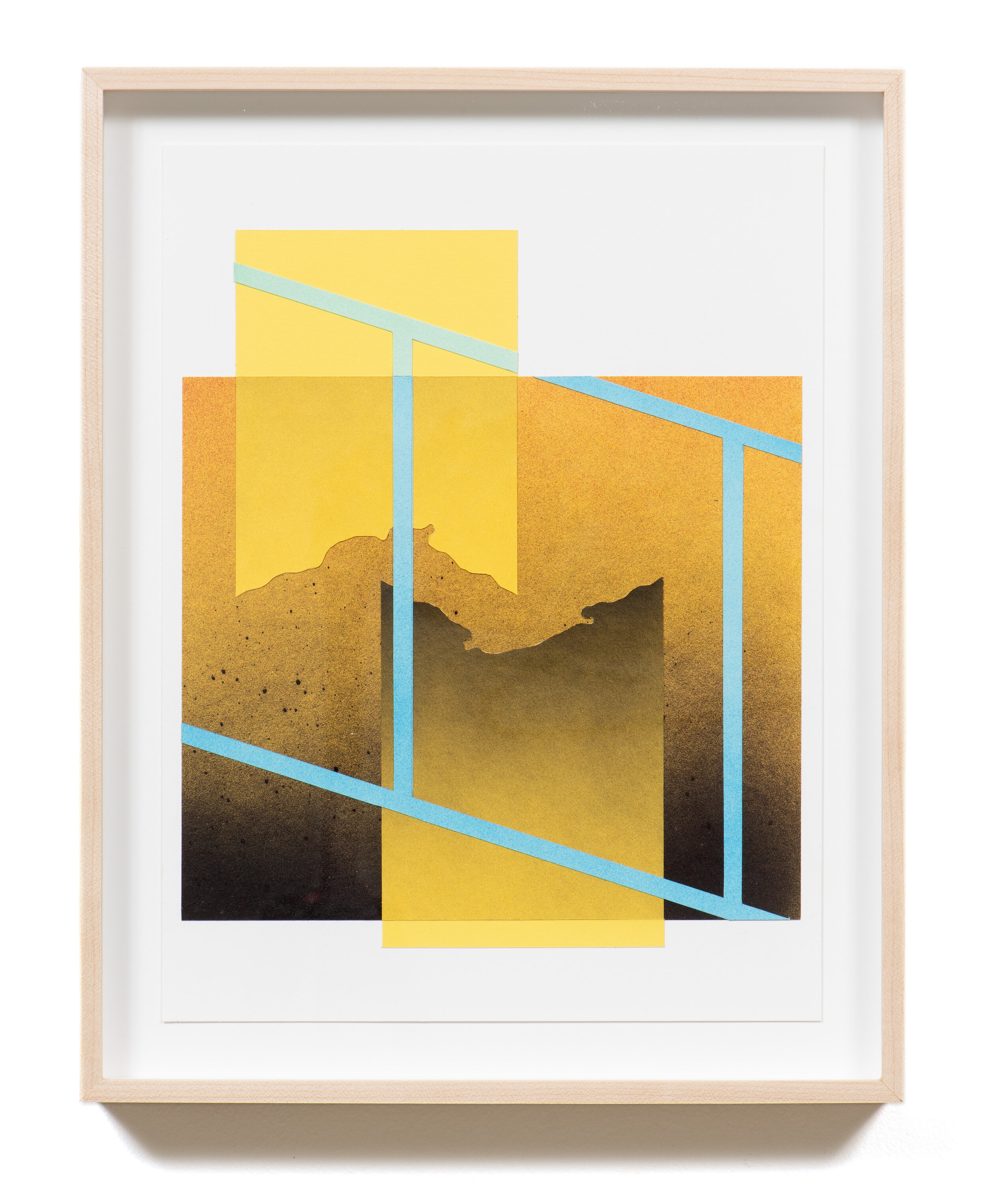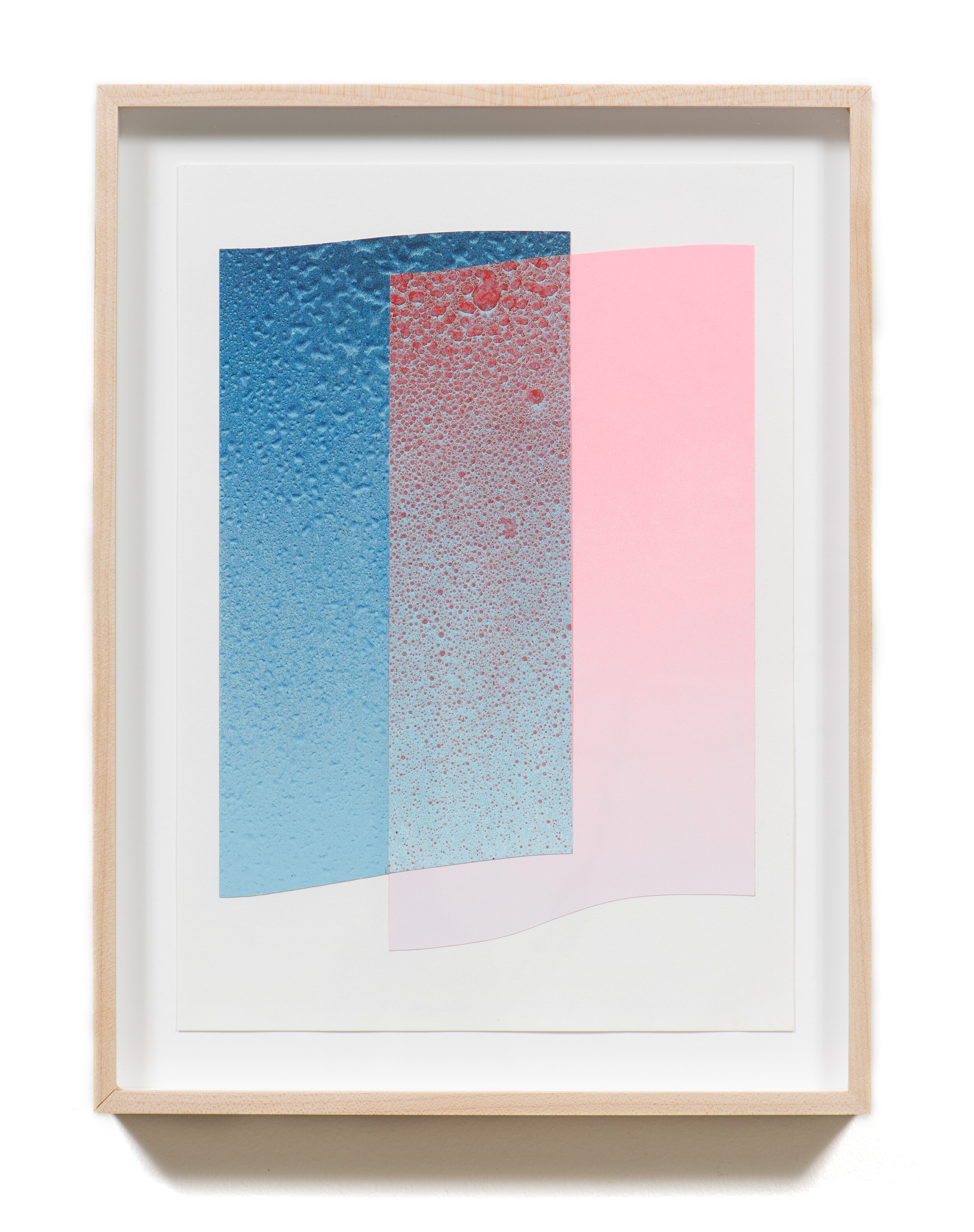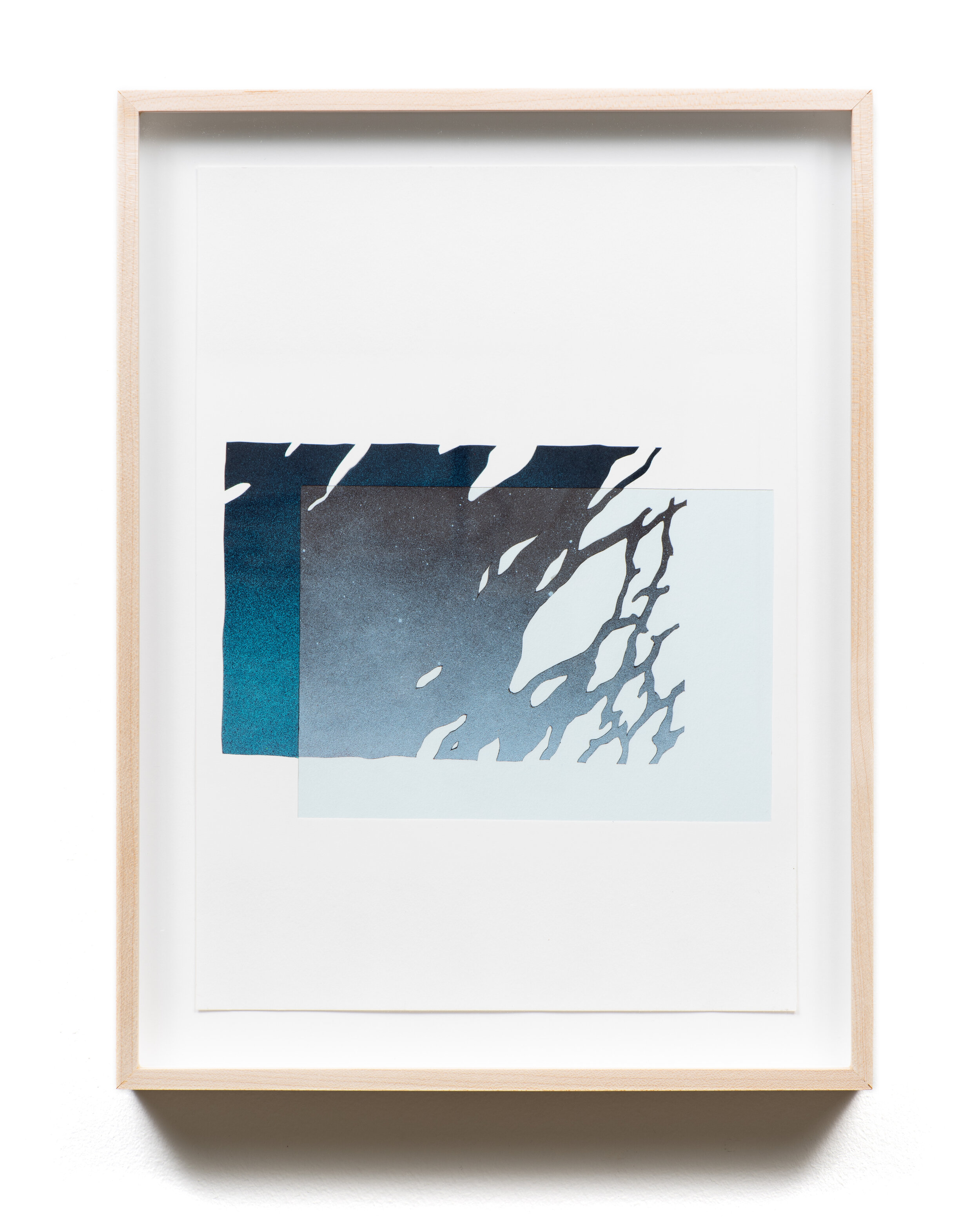Michael Henry Hayden
works exhibitions news about
waiting for the canyon’s echo
February 13 - March 21, 2021
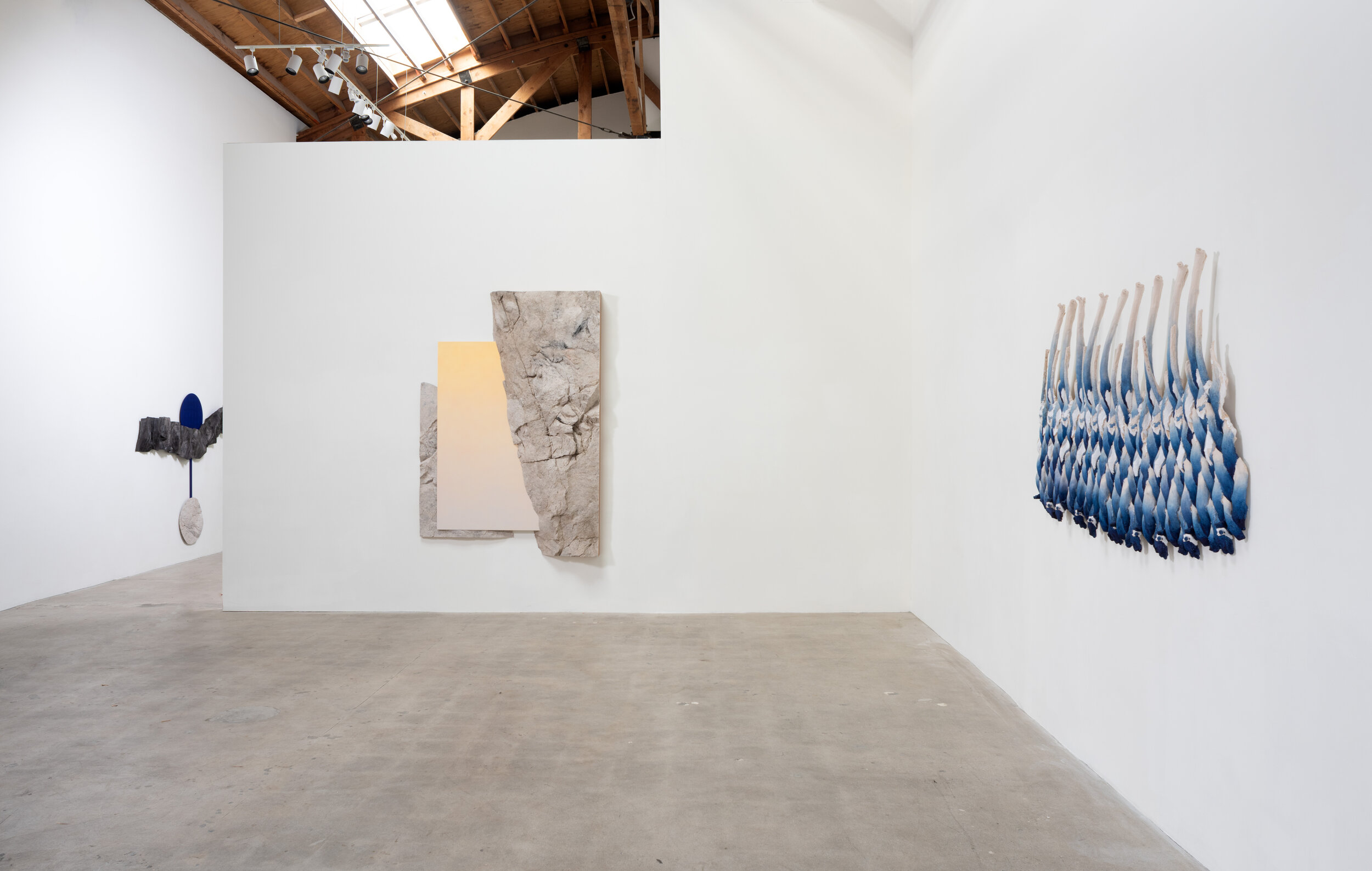

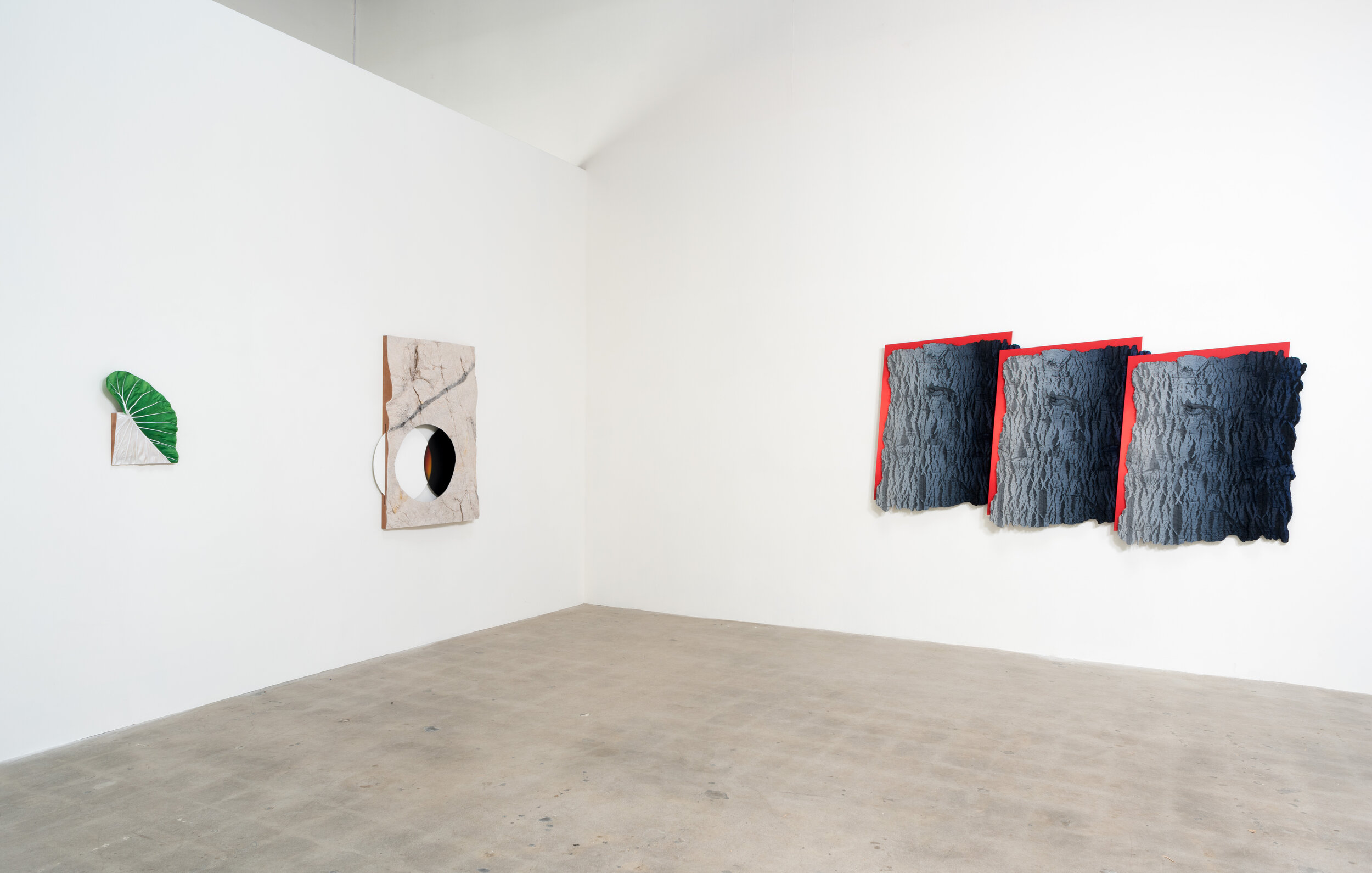
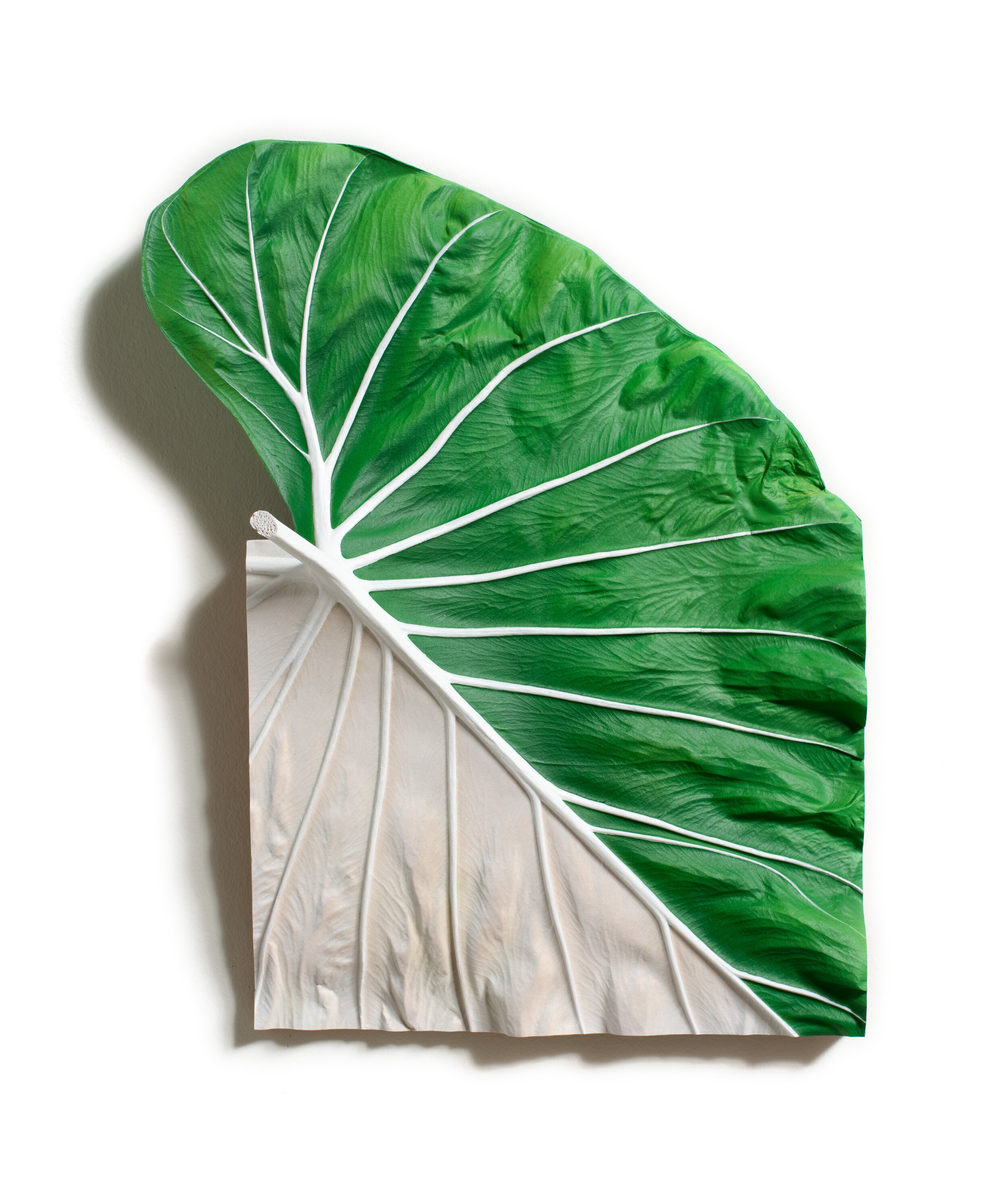
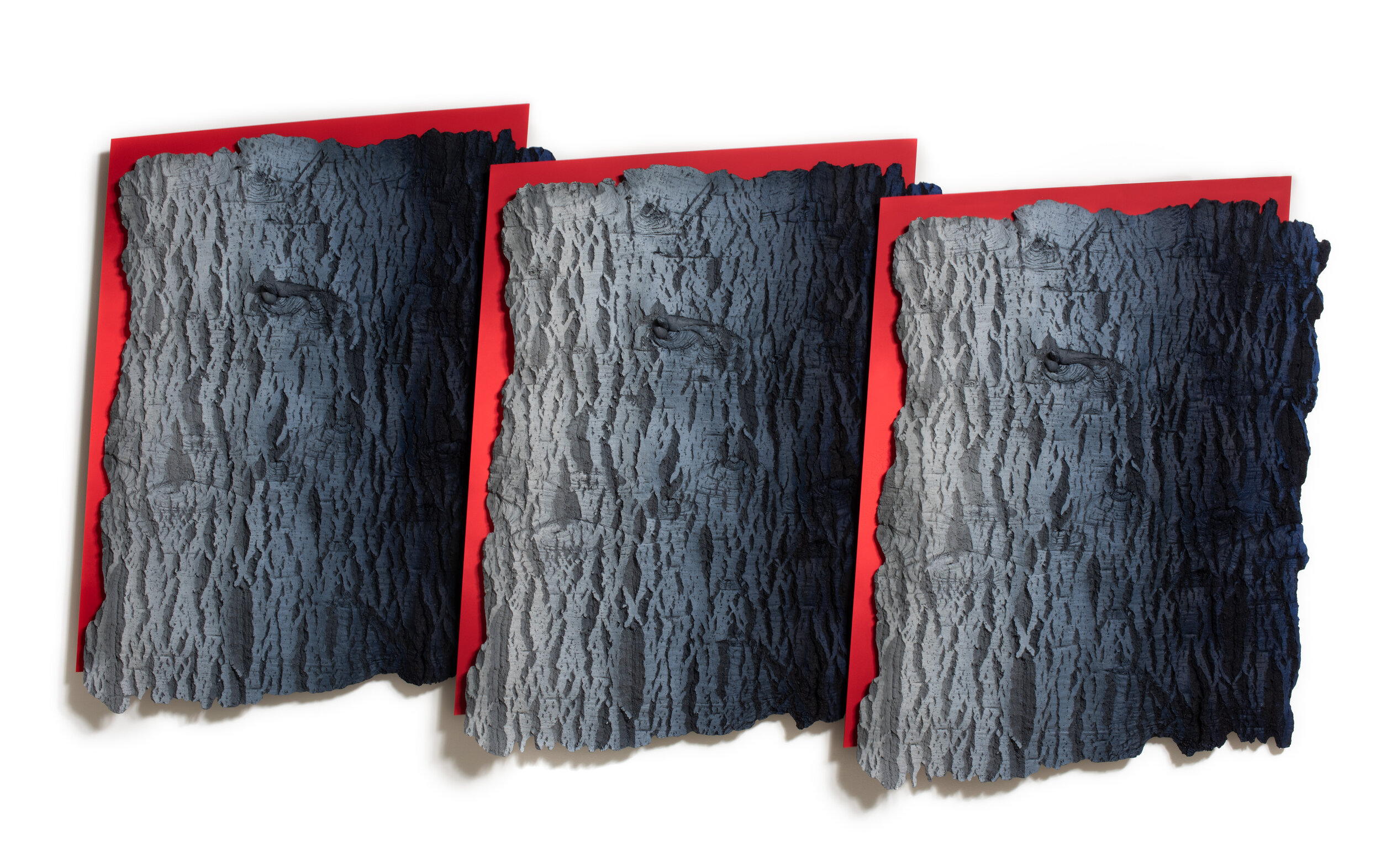
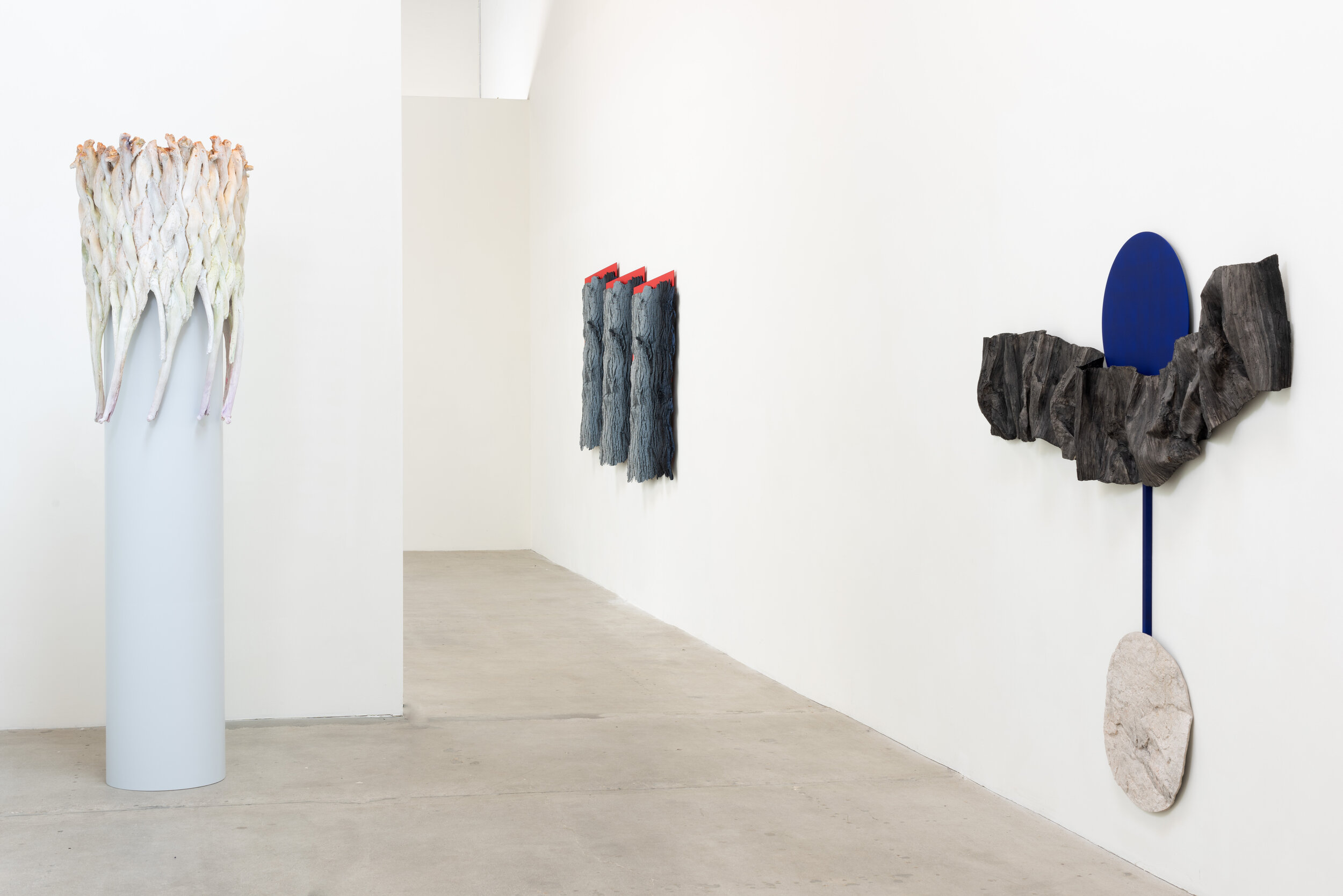


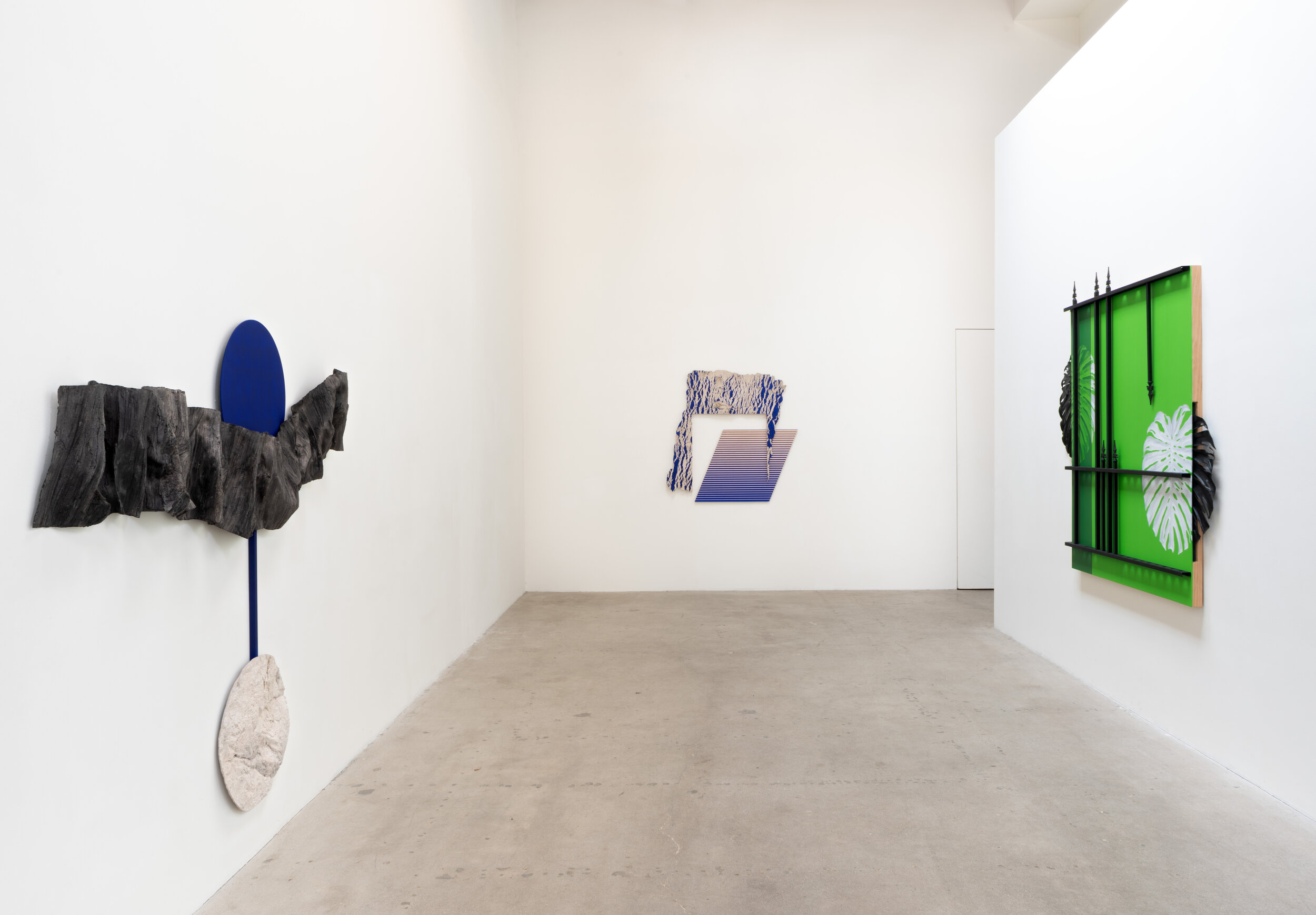
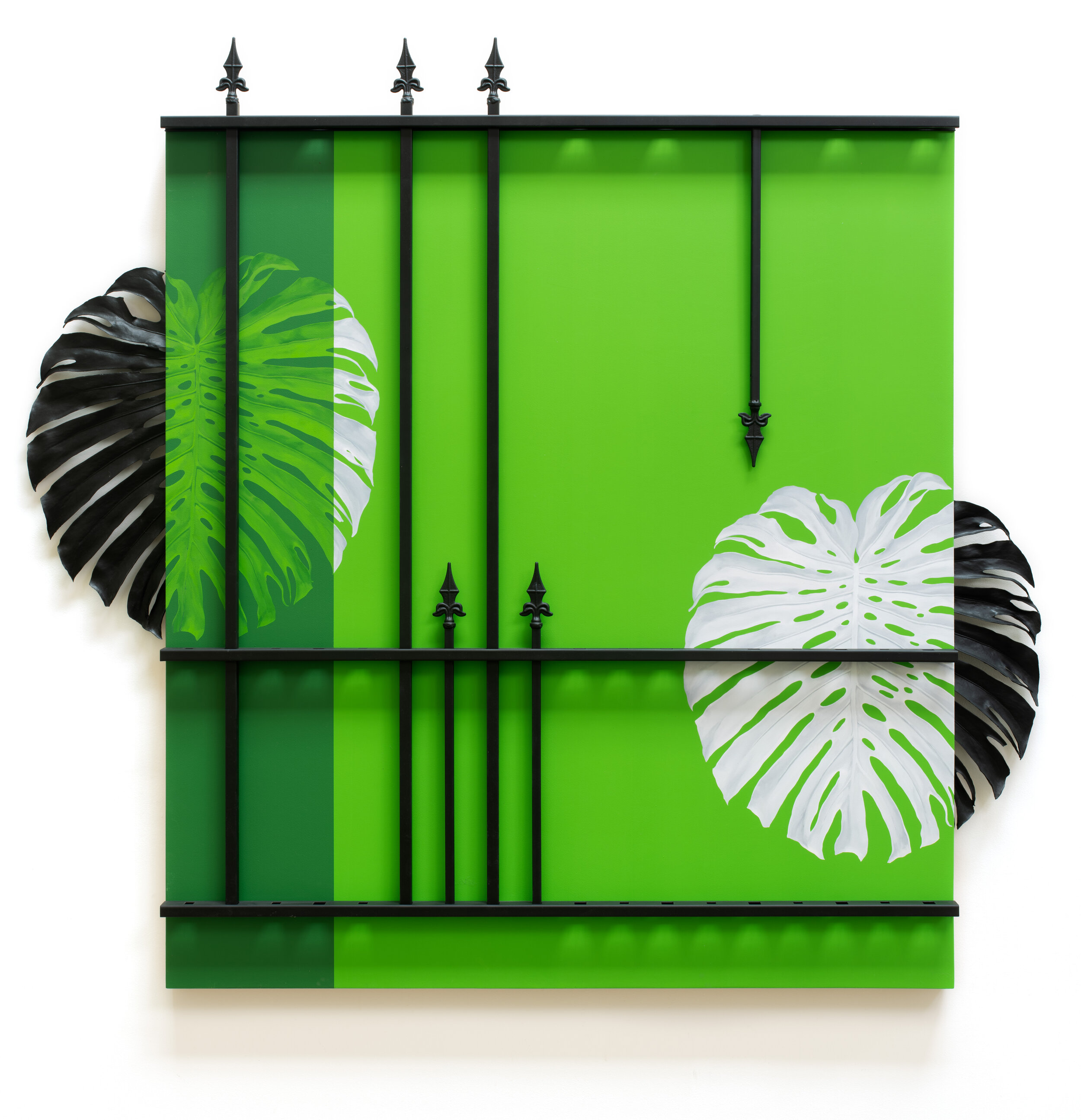
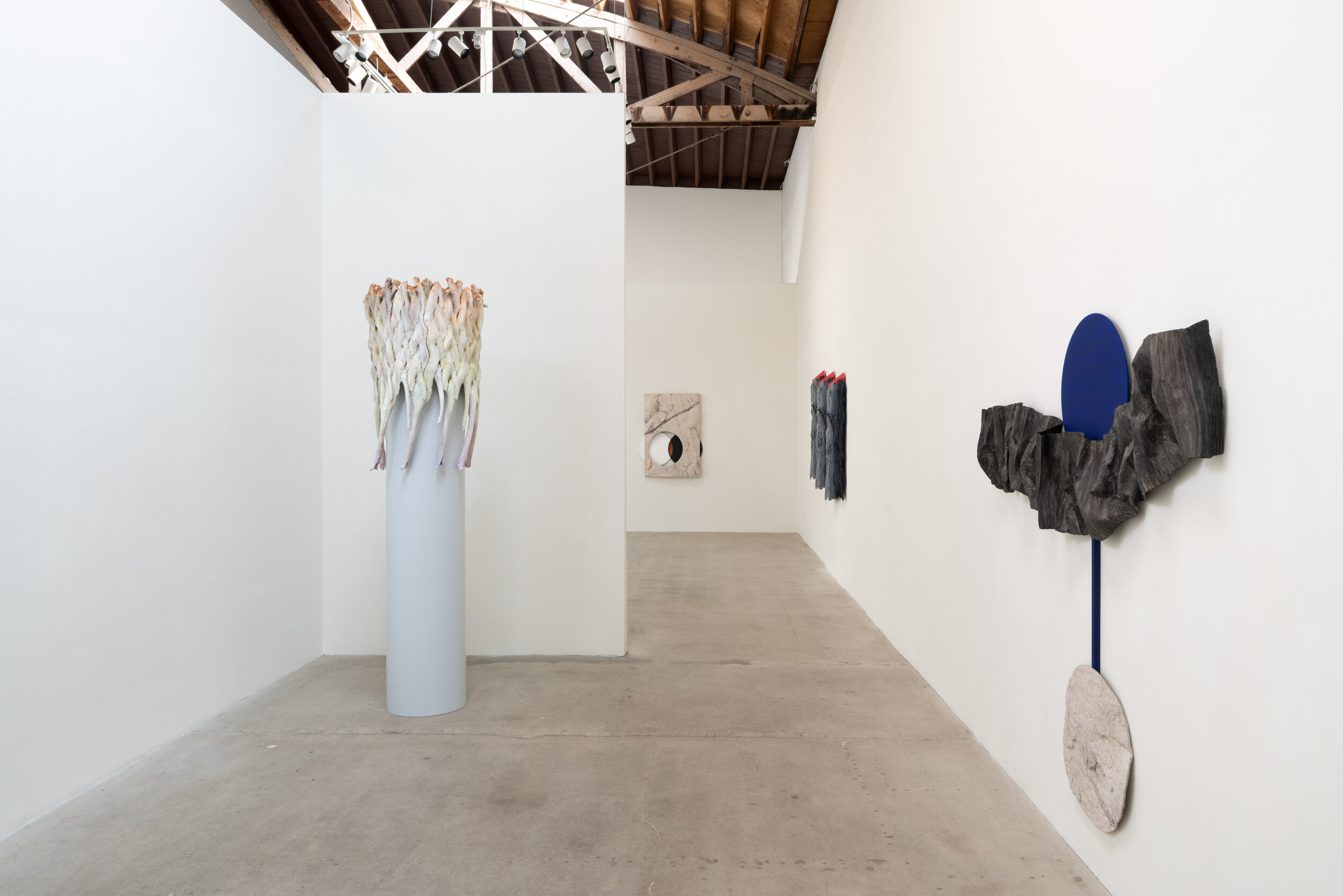
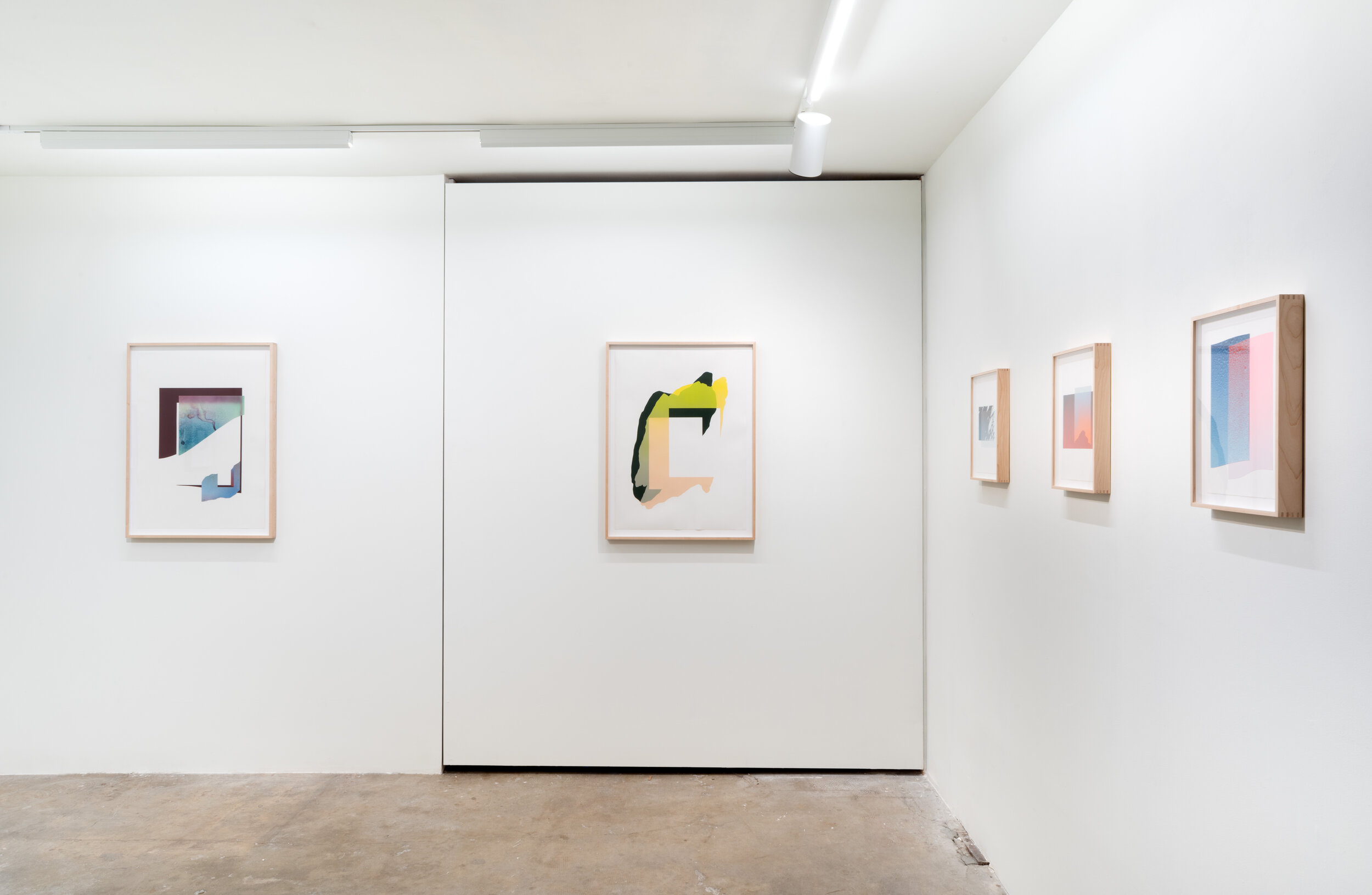
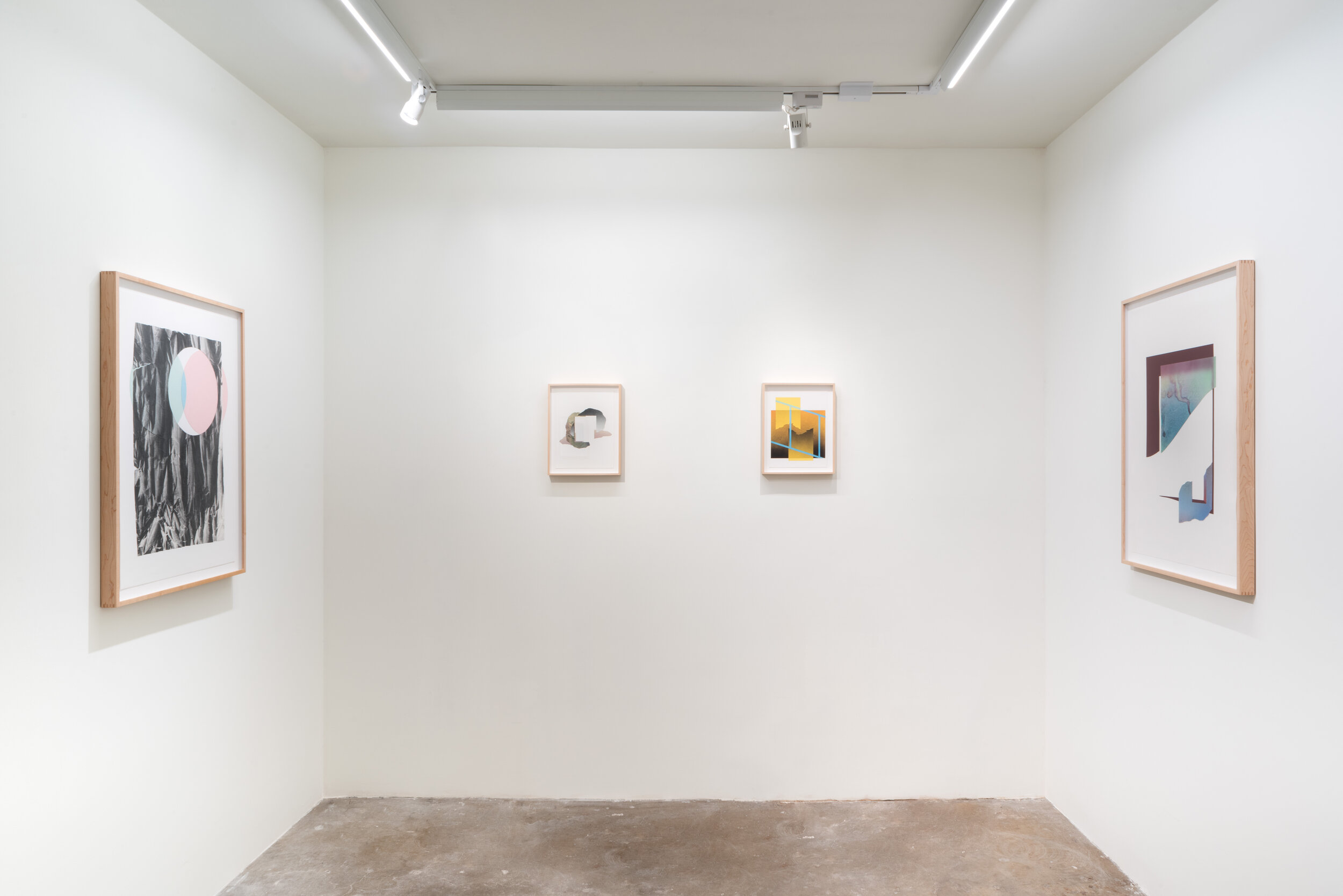
press release
Moskowitz Bayse is pleased to present Waiting for the Canyon’s Echo, an exhibition of new sculptural works by Los Angeles-based artist Michael Henry Hayden. The exhibition marks the artist’s first with the gallery.
Demonstrating the relationship between earth experienced and humanity felt, Michael Henry Hayden channels the innate poetics of material and process into physically mysterious, quietly communicative objects. Intrigued by the world and human interactions with it, Hayden makes sculptural facsimiles of familiar natural and almost-natural elements; he then turns to paint, either heightening the imitation of the source material with meticulous illusory application, or turning away from naturalism all together, affirming the objects’ status as both of and apart from the natural world. Using an array of media, finishes, and processes, the artist forms versions of realities where his physical presence–first as observer then as creator–becomes essential to an understanding of our world as both subject and material.
Despite his objects’ exactitude, Hayden’s hand never disappears in his sweeping rock striations, wiry tree husks, and waxy leaves. The very near-impossibility of his works reflect a reading of the world as endlessly generative and ripe with lyrical possibilities asking to be translated and transposed in the studio. Process, as it exists in the artist’s world, coexists with both source and final object in its continuous and inextricable relation to the artist’s hand.
In Late Shadow, for example, Hayden interrupts a rolled-out cast of a tree with a nearly illusionistic abstraction, its natural fissures carefully painted with rich cobalt blue. The viewer finds himself caught between the faithful texture and the seductive, unnaturalness of the work’s color and interceding linear panel. The object affirms the multivalent relationship between the natural and built worlds, and our fraught relationship with both. Relative to humanity, civilization and nature exist on a spectrum of mediation and intervention: complete untouched wilderness exists on one side, dense and unrelenting cities on the other. Hayden negotiates meaning in this convoluted relationship, finding and creating moments where nature declares itself between cracks in the pavement, or iron gates intersect large monstera leaves.
Throughout, Hayden’s running conceptual conceit remains; his artworks, regardless of their physical sources or real-world counterparts, are inherently fictional and wholly of the studio. In Green House, the leaves are both sculpted and painted in black, white, and shades of green. They are partially obscured and framed by what look like wrought iron fencing, conjuring, once again, an instance of uneasy everyday coexistence. Herein lies, in uncanny unreality, the objective truthfulness in Hayden’s sculpture; they become records of seeing, feeling, and experiencing the world as it exists around us all. Hayden’s sensitivity speaks to a subjective–perhaps collective–truth beyond what can be visually or physically recorded.
The artist’s works on paper, installed in the gallery’s Viewing Room, append Waiting for the Canyon’s Echo–both preparatory and discrete, they illuminate the artist’s technical and compositional processes. Familiarly textural surfaces, cleverly approximated two-dimensionally in watercolor, airbrush, and gouache continue to advance, recede, and conceal one another - the surprising continuity between two- and three-dimensional work speaking to Hayden’s distinct visual reflexes. A reliance on negative space, too, recalls the artist’s affinity for the white wall, and its ability to interrupt his works’ finely calibrated illusionism; the flat works clarify, even as they mystify. As suggestive, approximate, and implied surfaces and gaps become whole in the mind’s eye, form and void coalesce in seductive and unexpected visual systems.
download pdf

